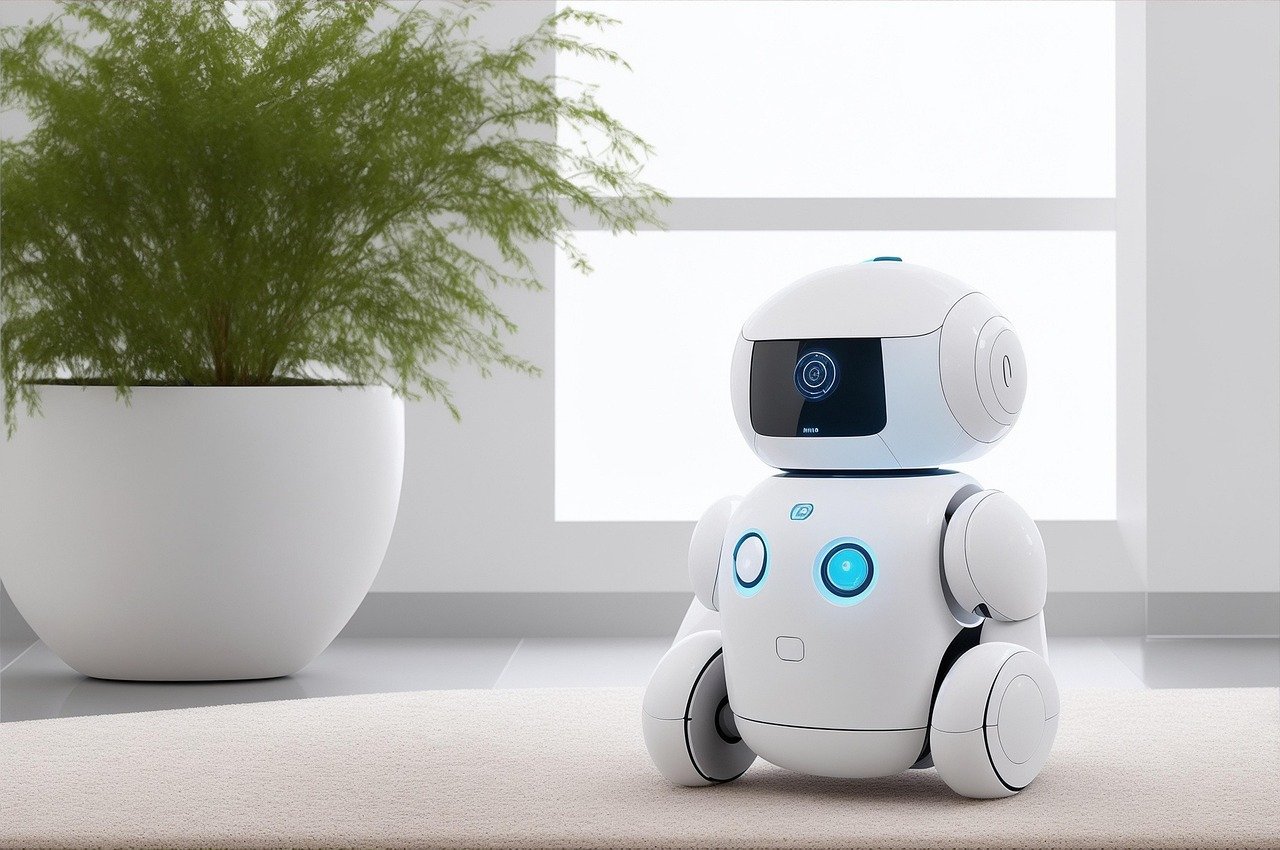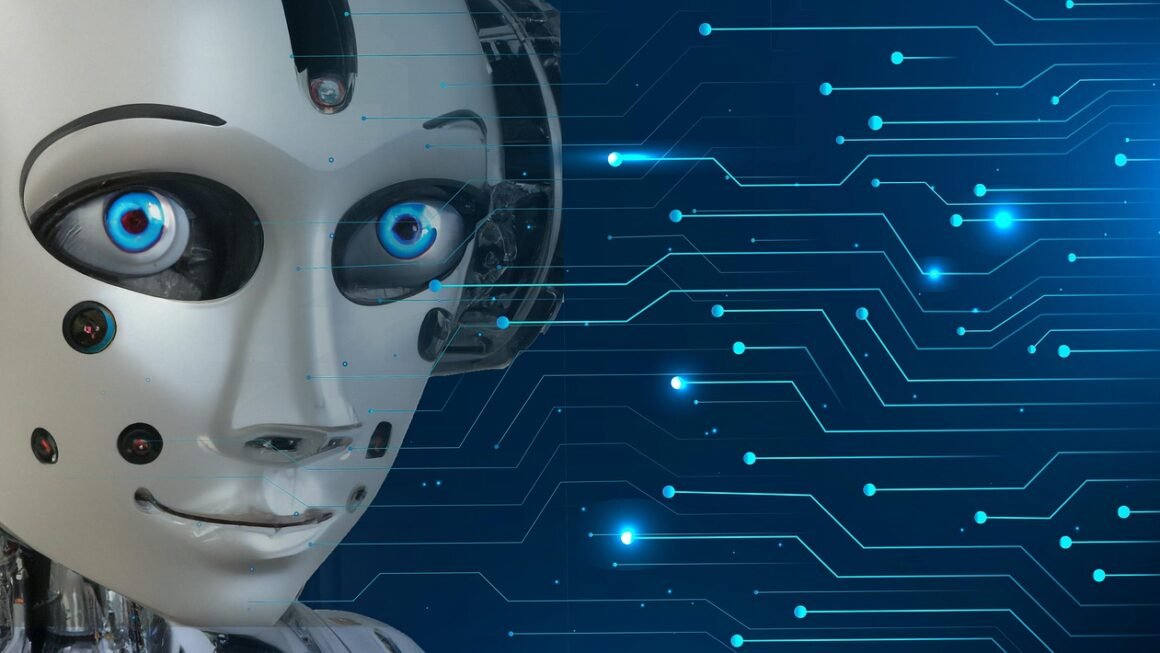Robotics is no longer a futuristic fantasy; it’s a vibrant, rapidly evolving field transforming industries and reshaping our daily lives. From automated manufacturing processes and advanced surgical tools to autonomous vehicles and helpful home assistants, robots are becoming increasingly sophisticated and integrated into society. This article explores the fascinating world of robotics, delving into its core principles, diverse applications, and the exciting future that lies ahead.
What is Robotics?
Defining Robotics
At its core, robotics is an interdisciplinary field that integrates computer science, mechanical engineering, electrical engineering, and other disciplines to design, construct, operate, and apply robots. These machines are engineered to perform tasks autonomously or semi-autonomously, often in environments that are dangerous, repetitive, or unsuitable for humans. A robot is more than just a machine; it’s a system capable of:
- Sensing its environment (using sensors).
- Processing information (using algorithms and computer programming).
- Acting upon its environment (using actuators and mechanics).
Key Components of a Robot
A typical robot comprises several essential components working in harmony:
- Sensors: These devices gather data about the robot’s surroundings. Examples include cameras for visual input, microphones for audio, and force/torque sensors for tactile feedback.
- Actuators: Actuators are responsible for moving the robot. They include electric motors, hydraulic cylinders, pneumatic cylinders, and other devices that convert energy into motion.
- Controllers: The controller is the “brain” of the robot, processing sensor data and commanding the actuators to perform specific actions. This is typically a computer running sophisticated algorithms.
- Power Source: Robots need a power source to operate, such as batteries, power cords, or even solar panels.
- Mechanical Structure: The physical frame of the robot, providing structural support and allowing for movement.
Types of Robots
Robots can be categorized based on their design, application, and capabilities. Some common types include:
- Industrial Robots: Used in manufacturing for tasks such as welding, painting, assembly, and material handling. Often articulated arms with multiple degrees of freedom.
- Service Robots: Designed to assist humans in various tasks, such as cleaning, delivery, security, and elder care. Examples include robotic vacuum cleaners and delivery drones.
- Medical Robots: Used in surgery, rehabilitation, and diagnostics. Examples include surgical robots like the da Vinci Surgical System and rehabilitation robots used to help patients regain mobility.
- Mobile Robots: Robots that can move around independently, such as autonomous vehicles, exploration robots, and delivery robots.
- Humanoid Robots: Robots designed to resemble humans in appearance and behavior. Often used for research, education, and entertainment.
The Impact of Robotics Across Industries
Manufacturing
Robotics has revolutionized manufacturing, leading to increased efficiency, productivity, and quality. Consider these applications:
- Automated Assembly Lines: Robots perform repetitive tasks with high precision and speed, reducing errors and increasing throughput. For example, automotive assembly lines use robots for welding, painting, and assembling car parts.
- Material Handling: Robots can safely and efficiently move materials within a factory, reducing the risk of injury and improving logistics. Automated guided vehicles (AGVs) are commonly used in warehouses to transport goods.
- Quality Control: Robots equipped with vision systems can inspect products for defects, ensuring consistent quality.
Healthcare
In healthcare, robotics is transforming patient care, surgical procedures, and rehabilitation:
- Surgical Robots: Offer surgeons enhanced precision, dexterity, and control, enabling minimally invasive procedures with faster recovery times. The da Vinci Surgical System is a prime example.
- Rehabilitation Robots: Assist patients in regaining mobility and strength after injury or illness. These robots can provide personalized therapy and track patient progress.
- Robotic Pharmacy Systems: Automate the dispensing of medications, reducing errors and improving efficiency.
Logistics and Warehousing
Robotics is streamlining logistics and warehousing operations, enabling faster and more efficient order fulfillment:
- Automated Warehouses: Robots sort, pick, and pack orders, reducing the need for manual labor and improving efficiency. Amazon uses thousands of robots in its warehouses to speed up order processing.
- Delivery Drones: Drones are being developed for last-mile delivery, offering faster and more cost-effective delivery options.
- Autonomous Forklifts: Automate the movement of pallets and other materials within a warehouse, improving safety and efficiency.
Agriculture
Robotics is helping to automate farming tasks, increasing efficiency and reducing labor costs:
- Automated Harvesting: Robots can harvest crops such as fruits and vegetables with greater speed and accuracy than humans.
- Precision Agriculture: Robots equipped with sensors can monitor soil conditions, plant health, and pest infestations, allowing farmers to optimize irrigation, fertilization, and pest control.
- Autonomous Tractors: Tractors that can operate autonomously, plowing fields, planting seeds, and spraying crops without human intervention.
The Future of Robotics: Trends and Predictions
Artificial Intelligence Integration
The integration of AI and machine learning is enabling robots to become more intelligent, adaptable, and autonomous:
- Improved Perception: AI algorithms are improving robots’ ability to perceive their environment through computer vision, natural language processing, and other sensory modalities.
- Adaptive Learning: Robots can learn from experience and adapt to changing environments, improving their performance over time.
- Human-Robot Collaboration: AI is enabling robots to collaborate more effectively with humans, creating safer and more productive work environments.
Advanced Sensors and Materials
New sensors and materials are enhancing the capabilities of robots:
- Soft Robotics: Robots made from flexible materials can conform to their environment and interact more safely with humans.
- Biomimicry: Robots inspired by nature, such as robots that can climb walls like geckos or swim like fish, are expanding the range of applications for robotics.
- Improved Energy Storage: Advances in battery technology are enabling robots to operate for longer periods of time without recharging.
Ethical Considerations
As robots become more integrated into society, it’s crucial to address ethical considerations:
- Job Displacement: The automation of tasks by robots could lead to job displacement in certain industries.
- Safety: Ensuring the safety of humans interacting with robots is paramount.
- Privacy: The use of robots in surveillance and data collection raises privacy concerns.
- Bias: Robots trained on biased data can perpetuate and amplify existing biases.
Skills Needed for a Robotics Career
A career in robotics requires a strong foundation in science, technology, engineering, and mathematics (STEM). Key skills include:
- Programming (C++, Python, ROS)
- Mathematics (Calculus, Linear Algebra, Statistics)
- Mechanical Engineering (Design, Manufacturing, Control Systems)
- Electrical Engineering (Circuits, Electronics, Embedded Systems)
- Artificial Intelligence and Machine Learning
Getting Started with Robotics
Educational Resources
There are numerous educational resources available for learning about robotics:
- Online Courses: Platforms like Coursera, edX, and Udacity offer courses on robotics, AI, and related topics.
- Robotics Kits: Kits like LEGO Mindstorms and VEX Robotics provide hands-on experience in building and programming robots.
- Universities: Many universities offer undergraduate and graduate programs in robotics.
- Books: Numerous books cover various aspects of robotics, from introductory concepts to advanced topics.
Practical Tips for Aspiring Roboticists
- Start with the basics: Learn the fundamentals of programming, electronics, and mechanics.
- Build your own robots: Hands-on experience is essential for developing practical skills.
- Join a robotics club or competition: Collaborate with others and learn from experienced roboticists.
- Stay up-to-date with the latest trends: Robotics is a rapidly evolving field, so it’s important to stay informed about new technologies and developments.
- Network with professionals in the field: Attend conferences, workshops, and meetups to connect with other roboticists and learn about career opportunities.
Conclusion
Robotics is transforming the world around us, offering unprecedented opportunities for innovation and progress. From revolutionizing manufacturing and healthcare to automating logistics and agriculture, robots are becoming increasingly indispensable in various industries. As AI and other advanced technologies continue to evolve, the capabilities of robots will only expand further, paving the way for a future where robots and humans work together to solve some of the world’s most pressing challenges. Whether you are an aspiring roboticist, a business leader, or simply curious about the future, understanding robotics is essential for navigating the rapidly changing landscape of the 21st century.



